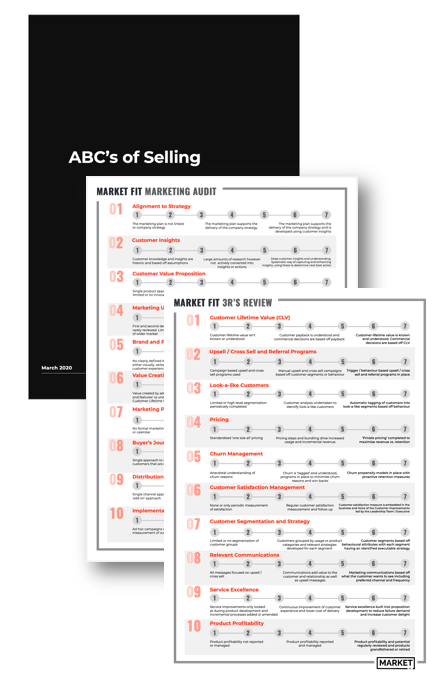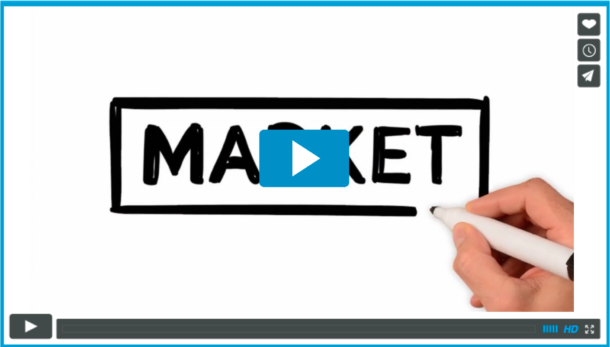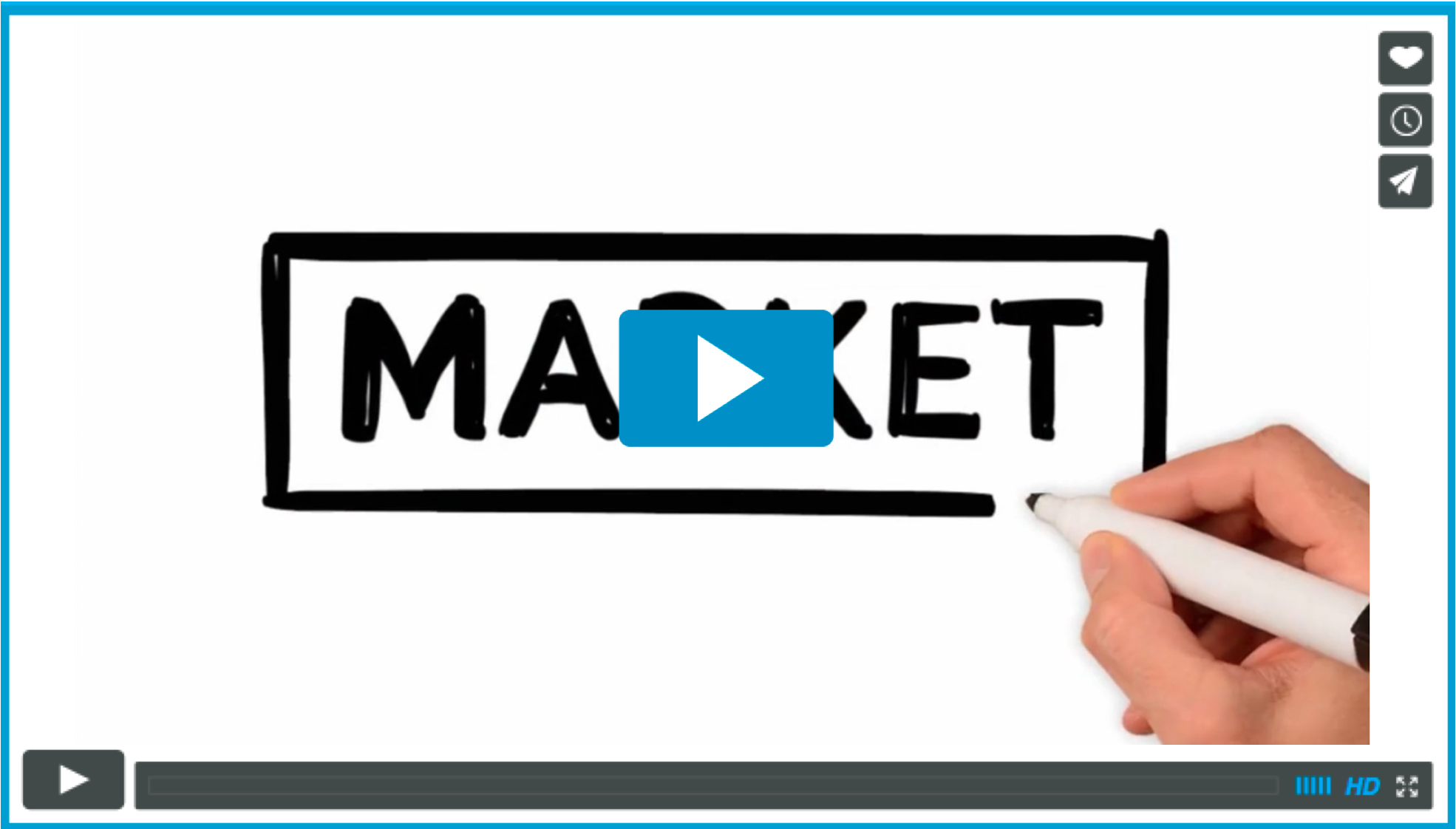Sometimes digital seems so core to our everyday business life it is easy to forget the radical shifts it creates. Often (as with freemium) those shifts mean entirely new ways of doing business. But just as often a digital shift impacts a long established business practice, reimagining it and offering new opportunities for businesses willing to experiment.
One of my favourite examples of this is the free trial.
Although it’s been a staple of lead generation in the offline world for as long as marketing has existed, digital delivery opens up exciting new options for the free trial. Key to this is a core digital concept – testing.
Of course, as with any new approach you still need awareness of the fish hooks…
The free trial mechanic is simple – for a clearly defined period, eliminate price from the customer’s decision making process and you should see increased usage and uptake of the service. At the end of your free period, a large portion of the trial customers will love your product so much they will be willing to pay for it.
I have previously discussed Freemium and there are two key differences between it and a free trial:
- Freemium makes a basic (but core) section of functionality available, whereas a free trial gives everything away
- Freemium also commits to make that core functionality available for ever, whereas a free trial is always for a limited period
It’s this commitment at the heart of freemium (to keep core functionality free for ever) that naturally limits a marketer’s available to test and flex under this model.
In contrast, the commitment in a free trial is clearly defined by the trial period. Digital delivery systems let the clever marketer pivot through a range of refinements to the offer during this test period. It’s this process that has reinvigorated the free trial for marketers.
The smart marketer knows that a digital free trial now means one thing – test opportunities. Testing and refining options and scenarios around the free component can let you identify the best uptake, while assessing your best combination across levers like trial length, percentage discounts, offer expiry dates or even reduced call to action periods can help you build your best consumer proposition.
A publishing company that shared data with me demonstrated some good learnings in their pivot from legacy free trial models to those using technology more smartly.
Following the launch of their paywall, a particular publisher wanted to test options for maximising full paying customers. Free trials of the paywall were offered, with unlimited access, for three months.
At the conclusion of the period, the customers were asked to convert at full price. This created a surprisingly low conversion rate, so the publisher quickly adjusted the offer – this time dropping the free component altogether and replacing it with three months access for $1. This time the initial trial numbers decreased, however those engaged were of a higher quality, producing a much higher conversion rate and uptake.
Of course, just because digital opens up opportunity around the free trial, it doesn’t mean marketers can ignore some of the basics of their trade. The paywall example works because it pays attention to the customer value equation (Value = Benefits – Cost). A free trial of a paywalled product delivers “benefit” at extremely limited “cost” to the consumer. Once the price barrier is removed, they simply access the product for the life of the trial period, delivering real value at little or no additional “cost”.
Other industries may struggle to meet this standard – a payroll SaaS product offering a free trial only removes one component of cost (i.e. price). The customer still needs to enter a large amount of data (IRD numbers, pay details, hours etc) before accessing their benefit (ie, paying their staff). The commitment required to set up the trial shows that there are real costs beyond price in this example – if the customer is dis-satisfied at the end of the trial the price will destroy the benefit, made worse by the additional cost of migrating between services.
Finally, it’s vital you build into your free trial conditions to lead your customer towards your business goal at the conclusion of the free period. Understand what you are offering the customers at the end of the trial and what do you expect them to do. Again, the paywall example is good.. the ‘$1 for three month’ offer was more successful because they had already filtered out customers unlikely to ever pay. On top of that, charging a minimal amount meant taking customer payment details up front – so the conversion to a fully paid subscription became a ‘one click’ process.
Key Takeaways
It’s not all a free lunch… here are the core questions you need to ask yourself before embracing the free trial:
- Have I considered the customer value equation (what is the switching cost to my customer to begin the trial and then at the end of the trial?
- Does my free trial let me test the various combinations of levers available to optimise uptake?
- What happens to the customer at the end of the trial, do they need to opt in or opt out and have we been clear with them on this?
- How and with what offer am I going to re-target the customers that do not take the full priced offer at the end of the trial?




